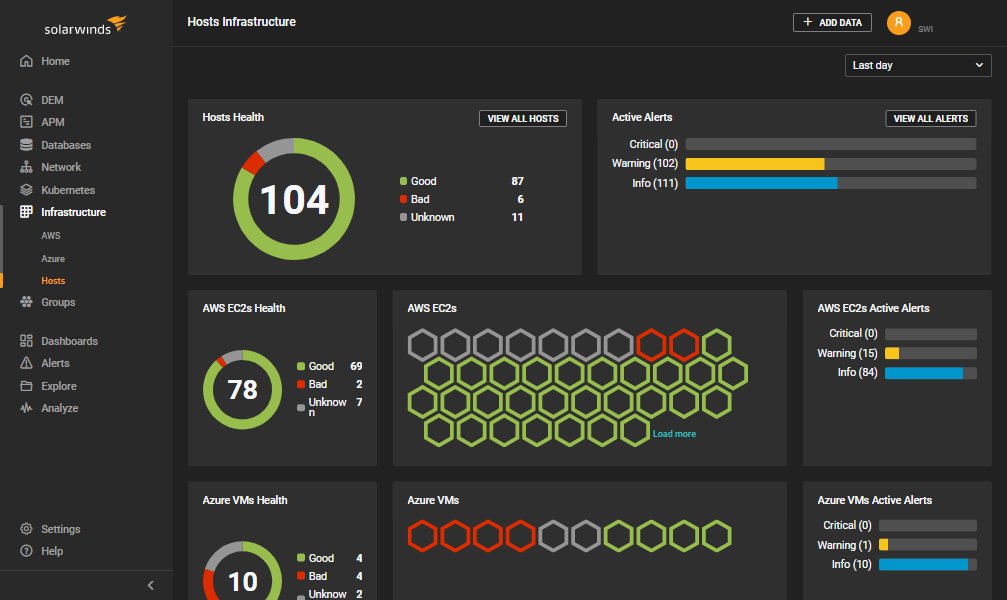Creating our very own Pingdom hero – part 1

![]() We want to create a Pingdom hero! Basically a company mascot, a superhero if you like, someone that fights for a fast web, a nirvana where sites load in a jiffy and there is no downtime. Timeouts, 500s, packet loss and other internet issues will be a thing of the past when he’s (and it’s most likely a he) in town.
We want to create a Pingdom hero! Basically a company mascot, a superhero if you like, someone that fights for a fast web, a nirvana where sites load in a jiffy and there is no downtime. Timeouts, 500s, packet loss and other internet issues will be a thing of the past when he’s (and it’s most likely a he) in town.
Since we’ve not done anything like this before, we felt as we should share the process with you all. That includes all the ins and outs that go into creating a character, designing it, getting it manufactured, brought to you – our customers and readers, etc.
We want the process to be fun as well as educational, so hop aboard and let’s go.






 Yesterday Mozilla released
Yesterday Mozilla released 

 A really effective way to speed up a website is to add some form of caching layer in front of it. If your web server doesn’t have to keep generating the same web pages over and over, odds are things will be a lot faster for your site visitors. This is where
A really effective way to speed up a website is to add some form of caching layer in front of it. If your web server doesn’t have to keep generating the same web pages over and over, odds are things will be a lot faster for your site visitors. This is where 
 Xerox PARC is famous for being the
Xerox PARC is famous for being the 


 Today Netcraft released its
Today Netcraft released its  When Google bought Urchin Software in 2005 and released its Urchin on Demand service for free to the entire Internet, the company transformed the web analytics industry forever. All of a sudden there was a powerful yet completely free option available for everyone. Webmasters have rallied to
When Google bought Urchin Software in 2005 and released its Urchin on Demand service for free to the entire Internet, the company transformed the web analytics industry forever. All of a sudden there was a powerful yet completely free option available for everyone. Webmasters have rallied to 
 The Web has been abuzz about
The Web has been abuzz about  Africa, with its over 1 billion people, has
Africa, with its over 1 billion people, has 

 The cloud storage war is heating up.
The cloud storage war is heating up. 





















